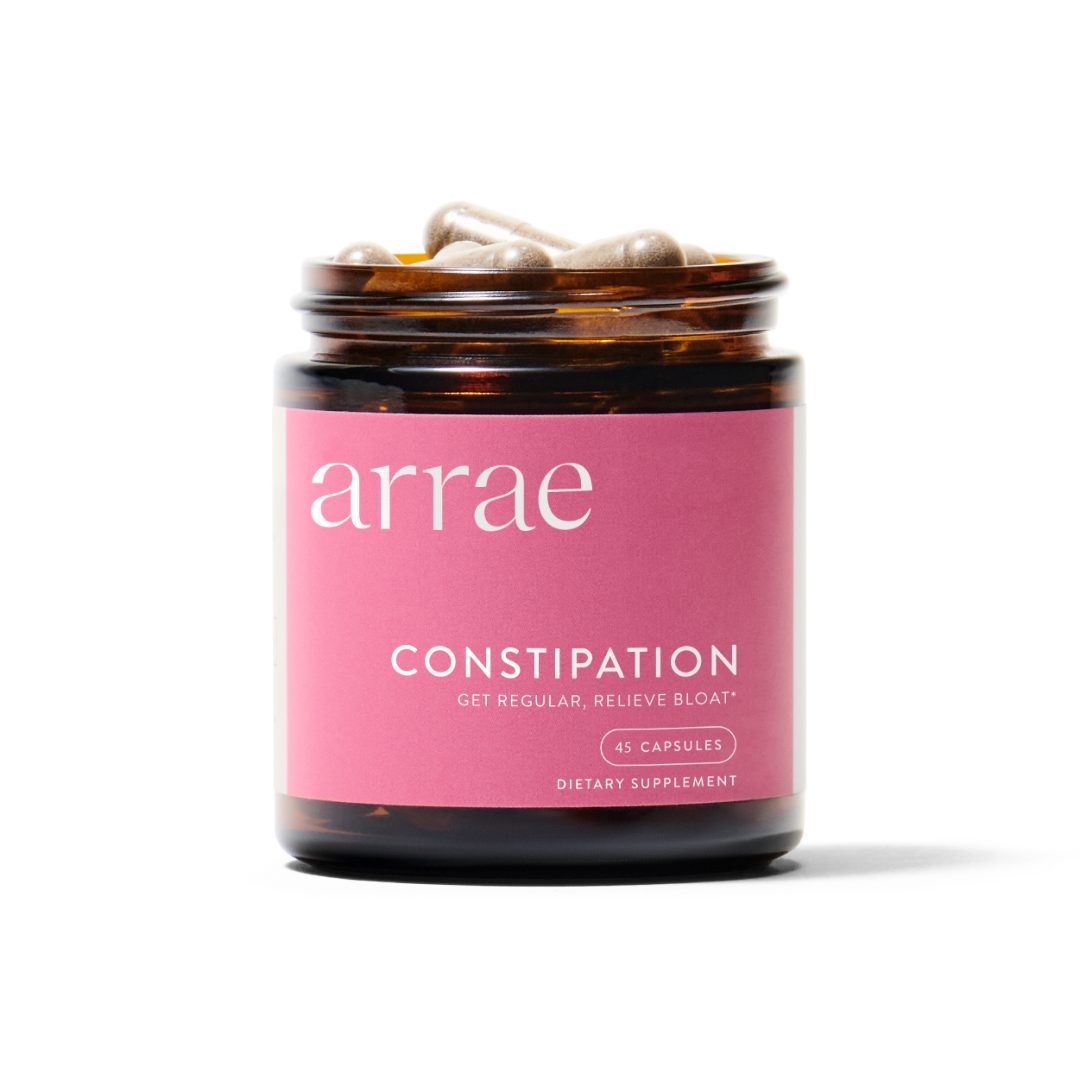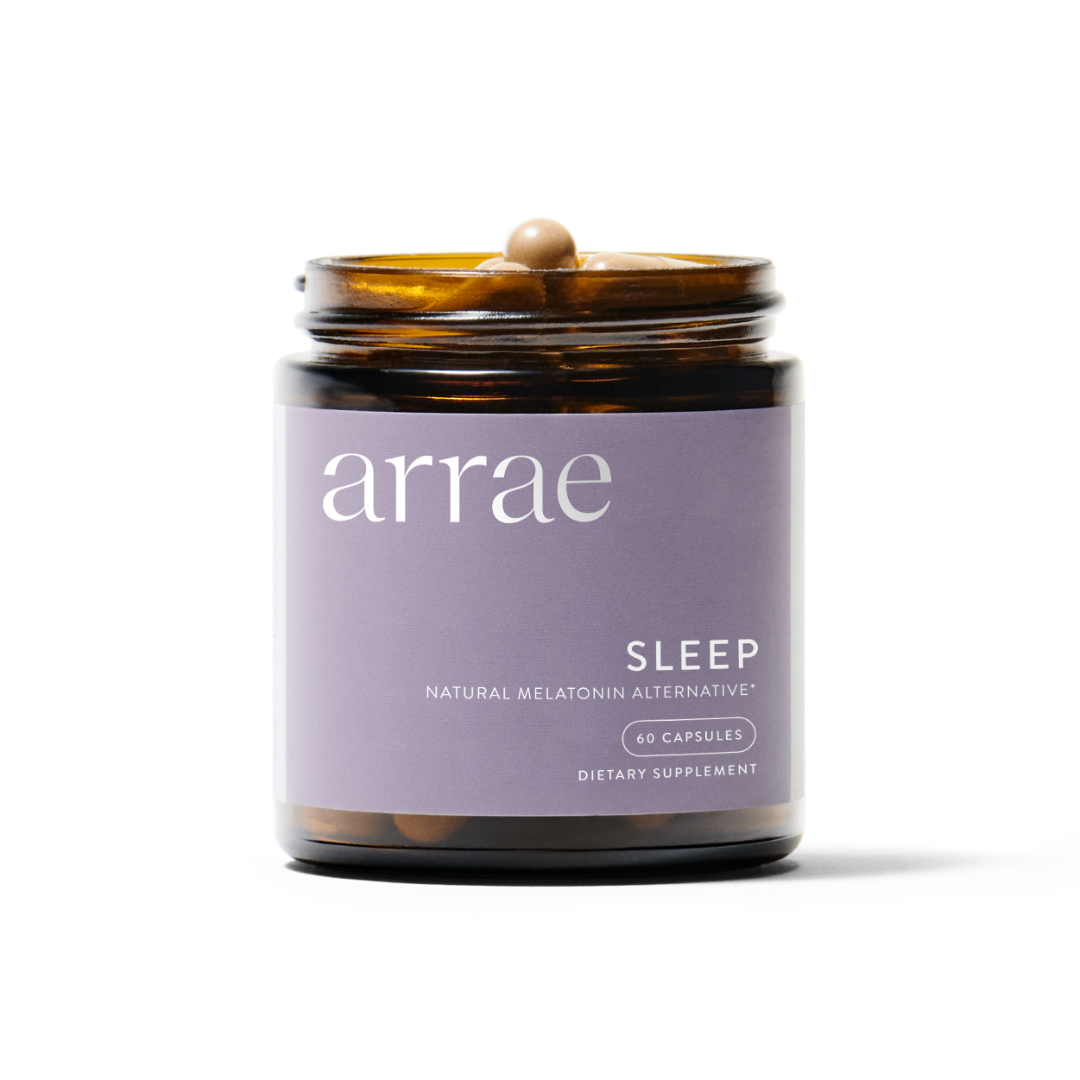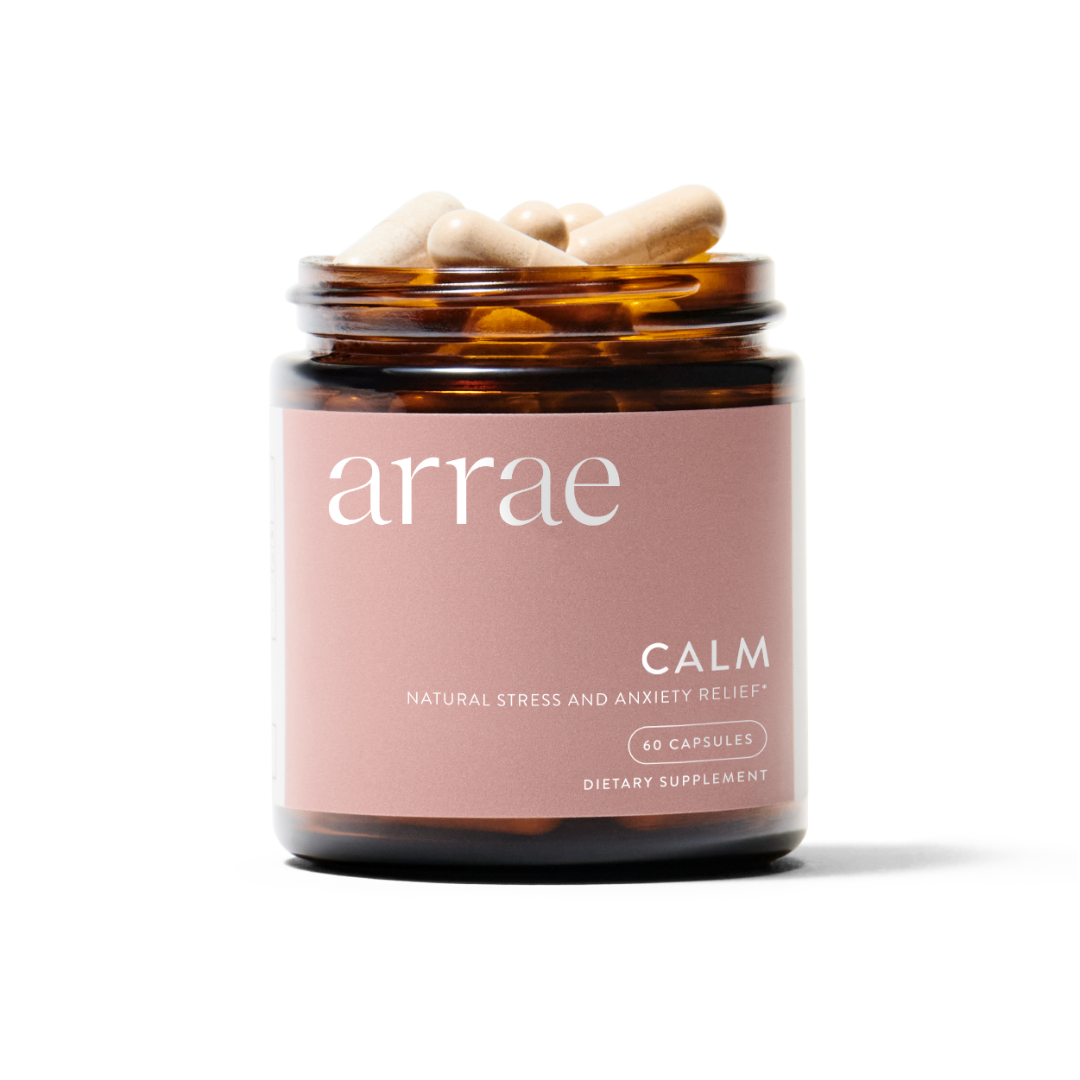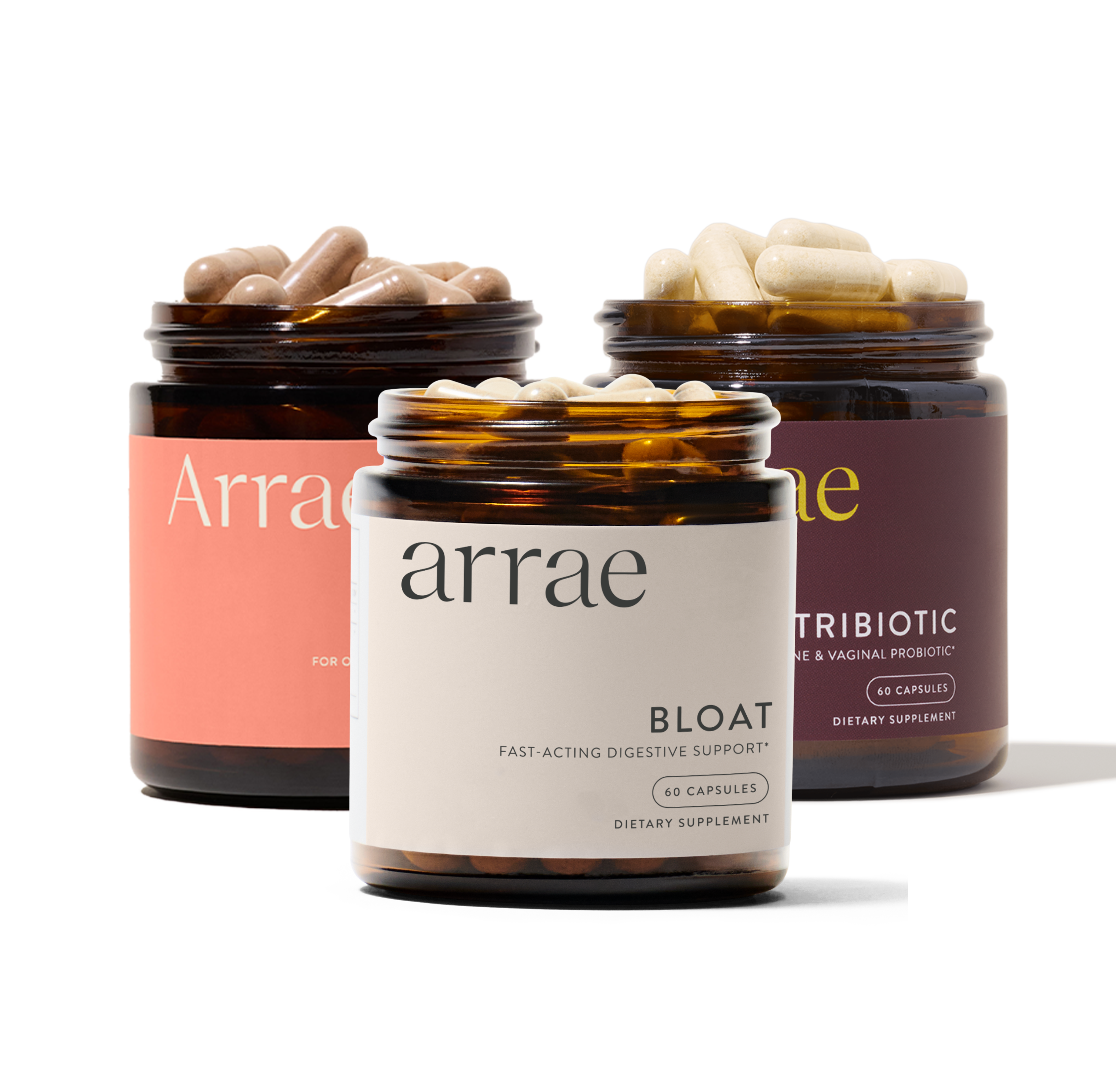We all know that life can get a little crazy sometimes. Schedules fill up, time gets the best of us, and we find ourselves feeling tired, overwhelmed, and even burnt out.
Here at Arrae, we believe that wellness is more than just a physical state; it’s a 360 way of living. And when you start to feel like you’re running on empty, it’s high time to get some rest. Now when we say ‘rest,’ we’re not just talking about logging more hours under those silky sheets (although that’s definitely a big part of it).
DYK there are actually 7 types of rests your body needs in order to recharge that go beyond a good night’s sleep?
Understanding and making sure you’re getting ALL types of rest is key to avoiding burnout.
So draw a bath, pour yourself a cup of tea, and read on for a breakdown of the 7 types of rest + how to incorporate them into your daily routine!
1. Physical Rest
Physical rest isn’t just about getting Z’s – though that’s definitely a crucial part. This type of rest is about giving your body a break from the everyday hustle and bustle, allowing time for your muscles + organs to recharge. Here’s how you can make sure you’re getting adequate physical rest:
-
Sleep Hygiene: Experts recommend getting 7-9 hours of shut eye every night, and creating a sanctified evening ritual can help you stick to a consistent schedule. Think essential oils, deep-breathing exercises, and a quiet enviroment to help you get the quality beauty sleep you deserve.
-
Stretching & Yoga: Incorporate gentle stretching or yin yoga into your daily routine, even if it's just a few minutes in between the work day.
-
Nap if needed: If you find yourself crashing in the late afternoon, a little restorative nap can help you reset. Try keeping them between 20-30 minutes and earlier in the day.
-
Arrae Sleep: Sleep by Arrae contains natural ingredients that work together to promote deep sleep without causing any daytime drowsiness. Sleep promotes deep and REM, allowing your body to restore itself overnight while regulating your circadian rhythm.
2. Mental Rest
Whether we’re aware of it or not, our brains are constantly on. Mental rest is all about giving your mind a break from continuous thought processes, problem-solving, and the mental clutter that can leave us feeling ‘brain fried.’ Mental rest includes activities like:
-
Mindfulness: Mindfulness practice is a great way to reduce mental clutter. Studies show that daily mindfulness can change brain structure to significantly decrease anxiety, stress, and depression.
-
Frequent Work Breaks: Taking small breaks during the work day can help prevent mental overload. Try getting up and moving around every 30 minutes or so.
-
Limit Scrolling: Try limiting your phone scrolling time by setting timer intervals. Being mindful of screen time gives your mind a break and allows you to focus on more mindful activities – like reading or meditating!
-
Arrae Calm: Our all-natural, clinically-tested supplement promotes a relaxed state through slowing down the body’s fight or flight stress response. Calm’s ingredients promote a state of calm by relaxing muscles, releasing tension, and increasing calming chemical messengers in the brain to slow down spiraling thoughts.
3. Emotional Rest
Emotional rest involves giving yourself the time, space, and freedom to express your feelings without judgment. It’s taking a break or walking away from emotionally demanding situations to avoid feeling suppressed. Make sure to pencil in moments of emotional rest by:
-
Having some alone time: Being alone gives you time to be in tune with your own thoughts and feelings. Studies show that creating proactive time to be alone is linked to increased self-awareness, better life satisfaction, and healthier stress management.
-
Talking it out: Reach out to someone you trust – whether it’s a friend, family member, or therapist – that you can vent to and be vulnerable with.
-
Journaling: Capture your emotions on paper and reflect on them. This form of self-expression, whether it’s free writing, gratitude practice, or prompted entries, holds up a mirror to help you understand and process your feelings better.
4. Sensory Rest
We are always using at least one of our 5 senses, which means our nervous system is always receiving sensory input. And while total sensory deprivation might be impossible, sensory rest is about reducing overload from constant stimulation like screens and loud noises. Show your senses some TLC by:
-
Taking screen breaks: Especially if your day-to-day involves a lot of screen time, try following the 20-20-20 rule. Every 20 minutes, look at something that’s 20 feet away for at least 20 seconds. It’s like a mini vacation for your eyes, plus it helps to prevent digital-related eye damage!
-
Drawing a bath: Treat yourself to a calming bath. Dim the lights, light some candles, and add some lavender oil or bath salts. A warm bath lowers your body temperature and promotes relaxation to help melt away sensory overload.
-
Creating a soothing space: Curate a corner or space in your home that’s dedicated to relaxation. Soft lighting, calming colors, and cozy textures can transform your environment into a tranquil oasis.
5. Creative Rest
As contradicting as it might sound, taking a break from creative activities can help to reignite our creativity. Creative rest gives our brain a chance to restore by allowing it to enter default mode, where thinking is more flexible and innovative. Give yourself a creative reset with activities like:
-
Engage in a hobby you love: Whether it’s doodling, daydreaming, or dancing, allow yourself moments of unstructured creativity.
-
Nature breaks: Scientists say that immersing yourself in nature can put us in a state of “soft fascination,” which calms the prefrontal cortex. This relaxation allows the brain to access other regions to foster insights and new ideas.
-
Seek inspiration: Visit an art gallery, watch an inspiring movie or show, or dive into a good book. Different creative mediums can give your mind a little break in order to spark fresh ideas.
6. Social Rest
Social rest is all about finding balance in your interactions with others. It involves spending time with people who uplift and energize you and creating boundaries with people and/or environments that drain your energy. Here’s how to incorporate social rest into your life:
-
Alone time: Carve out moments for solitude to recharge. This allows you to reset and come back to your social interactions with more energy and enthusiasm.
-
Don’t be afraid to say no: It’s okay to decline social invitations if you’re feeling drained. Politely turning down plans from time to time allows you to preserve your energy and spend your time doing things that truly nourish you.
-
Quality over quantity: Focus on deep, meaningful connections rather than spreading yourself thin across surface level ones. A heartfelt conversation with a close friend can be more rejuvenating than a crowded party.
7. Spiritual Rest
Spiritual rest is about reconnecting with whatever gives your life meaning and purpose. It’s about feeling connected to something greater than yourself, whether that’s through religion, art, nature, or personal ideology. Spiritual rest can help provide a sense of peace with activities like:
-
Self-reflection: Spending quiet moments to connect with yourself and your energy. This can be done through practices like meditation, prayer, gratitude practice, etc.
-
Nature walks: Immerse yourself in nature. Walking in the park, hiking a trail, or simply sitting outside can help you feel a deep connection to the world around you.
-
Join a community: Spend time with a community or like-minded individuals that share your beliefs and values. This can be a religious group, volunteer organization, or even a book club.
*Disclaimer*: This article is purely informational and does not imply any evaluation by the Food and Drug Administration. This article is not intended to diagnose, treat, cure, or prevent diseases, nor should it substitute for advice from a healthcare professional.
References:
Boyd, Kierstan. “Computers, Digital Devices and Eye Strain.” American Academy of Ophthalmology, 17 Jan. 2024, www.aao.org/eye-health/tips-prevention/computer-usage#:~:text=Take%20regular%20breaks%20using%20the,for%20at%20least%2020%20seconds.
“How Much Sleep Is Enough?” National Heart Lung and Blood Institute, U.S. Department of Health and Human Services, www.nhlbi.nih.gov/health/sleep/how-much-sleep#:~:text=Experts%20recommend%20that%20adults%20sleep,or%20more%20hours%20a%20night. Accessed 31 May 2024.
Joye, Yannick, et al. “New Methods for Assessing the Fascinating Nature of Nature Experiences.” PloS One, U.S. National Library of Medicine, 26 July 2013, www.ncbi.nlm.nih.gov/pmc/articles/PMC3724873/.
Khoury, Bassam, et al. “Mindfulness-Based Therapy: A Comprehensive Meta-Analysis.” Clinical Psychology Review, Pergamon, 7 June 2013, www.sciencedirect.com/science/article/abs/pii/S0272735813000731?via=ihub.
Morin, Amy. “7 Science-Backed Reasons You Should Spend More Time Alone.” Forbes, Forbes Magazine, 12 Sept. 2023, www.forbes.com/sites/amymorin/2017/08/05/7-science-backed-reasons-you-should-spend-more-time-alone/?sh=1e8aad821b7e.





















 Instagram
Instagram TikTok
TikTok Youtube
Youtube Facebook
Facebook Email
Email